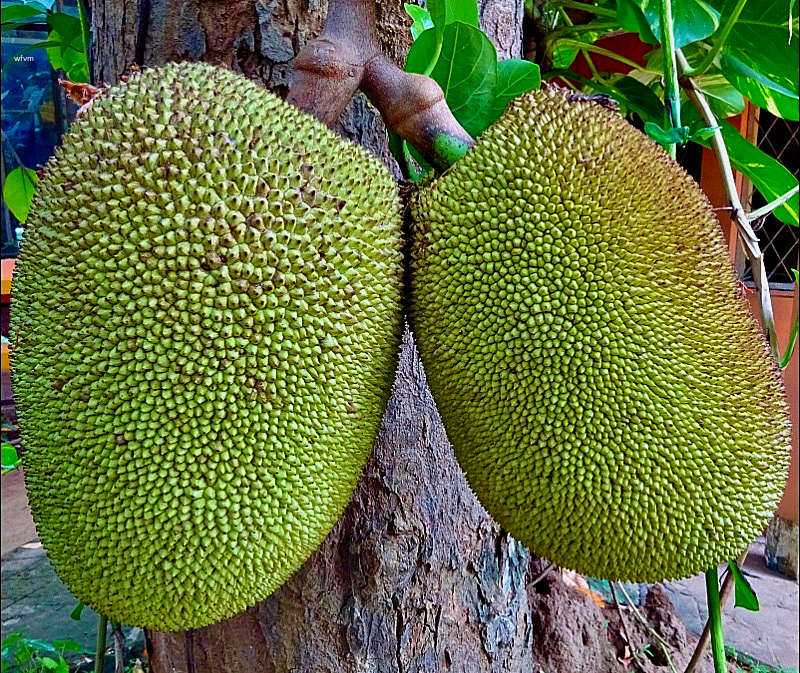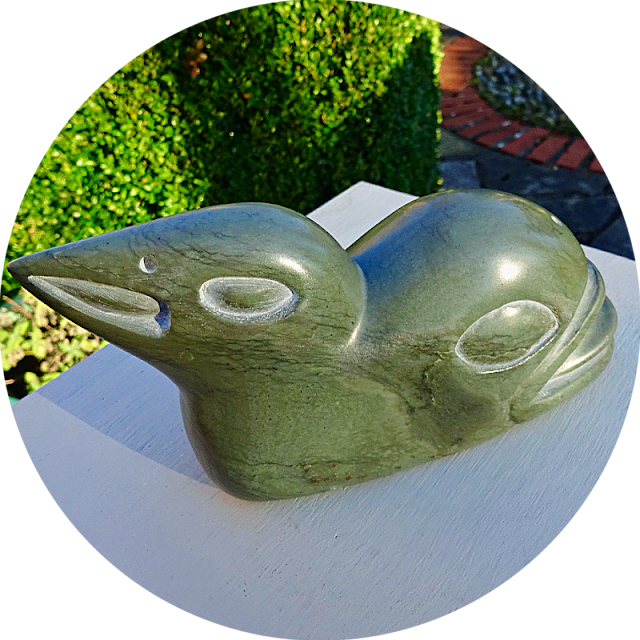Artocarpus heterophyllus - Jack fruit
Jack fruit has become very popular during recent years, especially with vegetarians, vegans or those who simply wish to eat less meat - why? It is because the texture of Jack fruit closely resembles that of meat, especially pork. Jack fruit spoils very quickly so it tends to be sold either freshly prepared ready for use, canned or frozen. However, my question is "do you know what a Jack fruit looks like when it is growing?"
Jack fruit trees are indigenous to Kerala on the Malabar Coast of southern India., Sri Lanka, and the rainforests of Malaysia, Indonesia, and the Philippines. I first saw Jack fruit trees growing whilst travelling around Sri Lanka where it is their national fruit. The trees I saw were giants - extremely tall and very large.
The Jack fruit tends to hang in large clusters high up along the branches, but also, rather curiously, they even sprout out of the trees trunk lower down at eye level. The Jack fruit that I saw were huge, roughly the size of a rugby ball or even larger.
Paphiopedilum insigne - Ladys Slipper Orchid
My Lady's Slipper orchid only graces us with her presence every three years, but when she does, I enjoy watching her journey from tiny green bud within the base of the leaves to full flower, which takes exactly three months.
She was bought in full bloom at a December flower market in Madeira many years ago, and carried back home on the plane. Her home is the Himalayas, and on high cliffs in Mayanmar, where she grows at altitudes of between 1000 to 2000 meters. It is surprising that she flourishes and thrives so well in the comparatively alien conditions in our home. Although Madeirans grow a wide variety of different orchids, they call Paphiopedilum insigne their Christmas orchid as she never fails to be in full bloom for the Christmas season.























